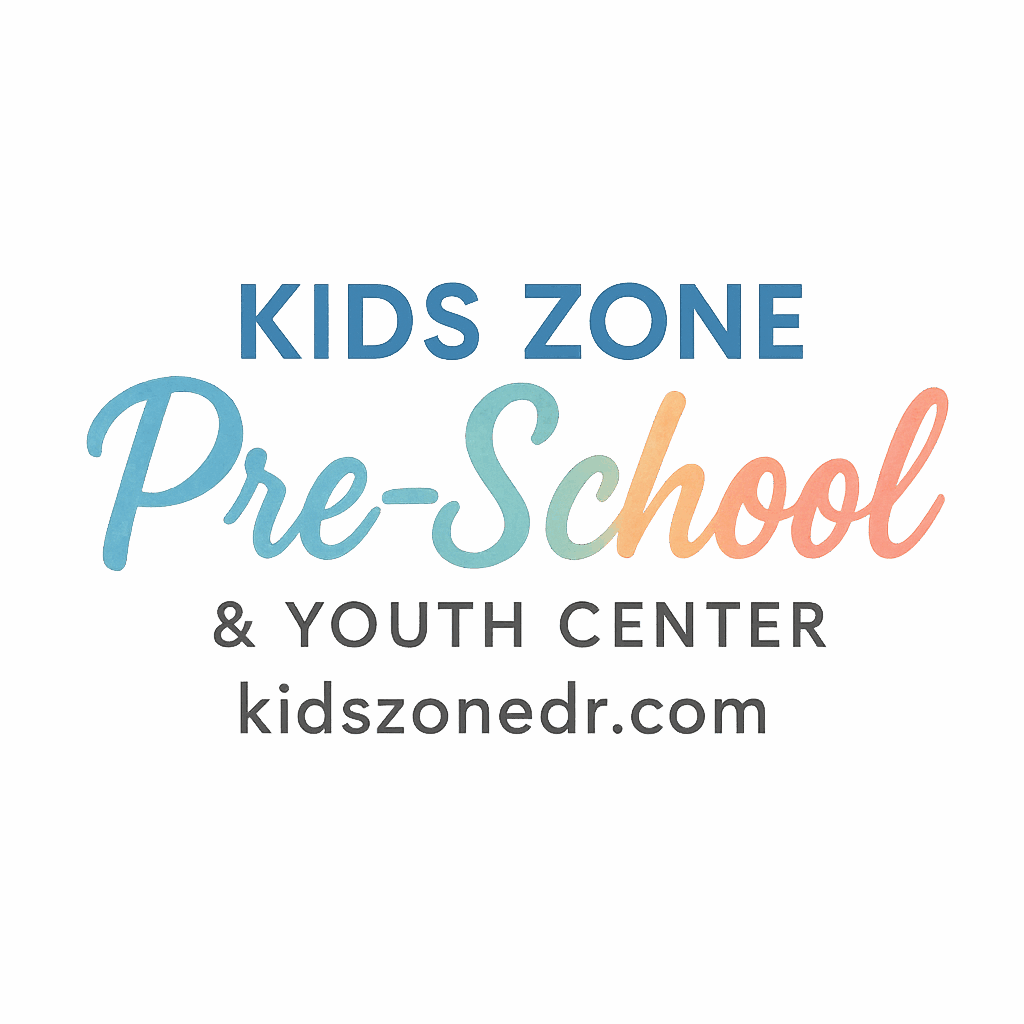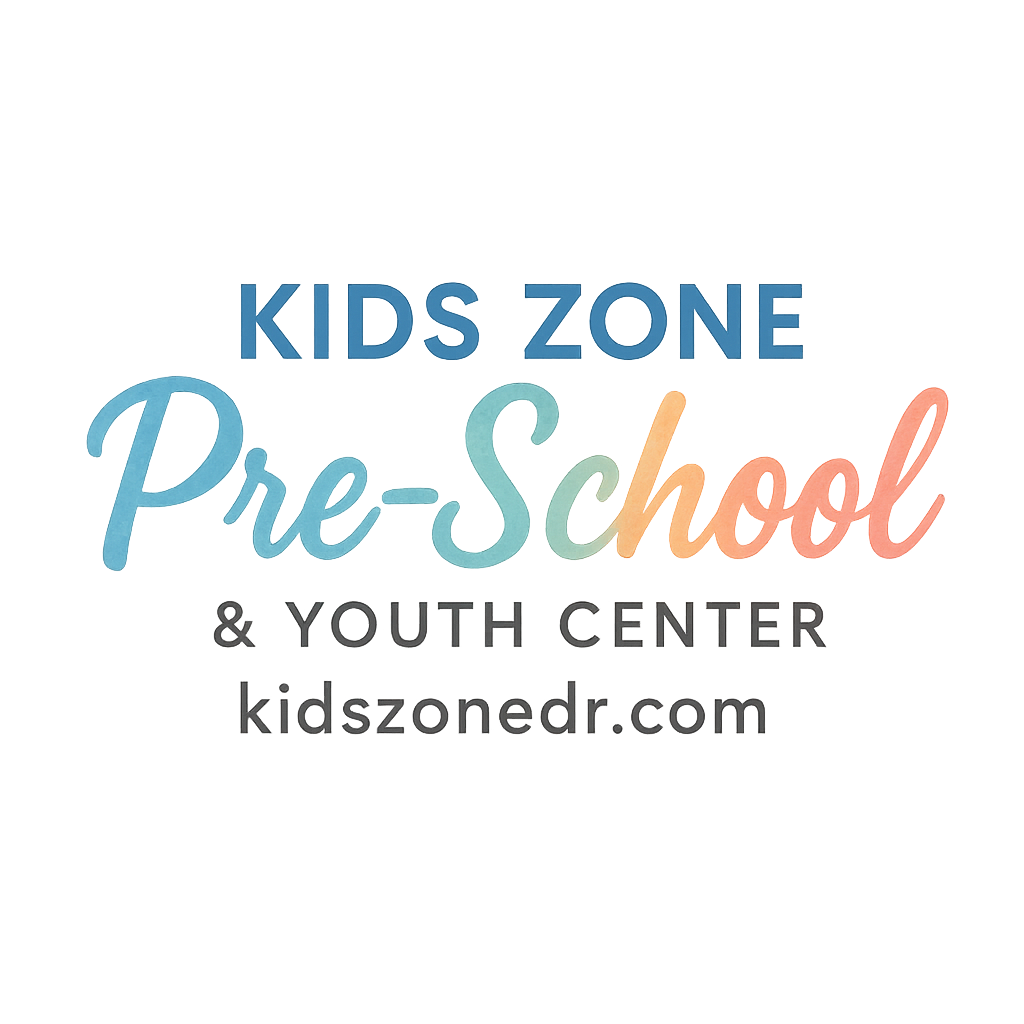Introduction: Why Outdoor Play Matters for Kids
Think back to your childhood—running around the yard, inventing games with friends, or collecting sticks and rocks like treasures. Outdoor play has always been a big part of childhood, and for good reason. In preschools and youth centers, outdoor routines aren’t just “playtime”—they’re structured opportunities for kids to build skills, stay healthy, and grow socially.
Outdoor play is more than a break from indoor learning. It’s where children develop confidence, learn teamwork, and strengthen their bodies and minds. With the right routines, educators and parents can transform outdoor time into one of the most meaningful parts of the day.
The Role of Outdoor Routines in Early Childhood Growth
Building Strong Habits Through Play
Kids thrive on structure. When outdoor play becomes part of the daily preschool schedule, it turns into a positive habit that supports long-term wellness. Just like brushing teeth or reading bedtime stories, outdoor play routines teach children the importance of healthy habits.
Outdoor Play and Healthy Development
From boosting physical strength to improving emotional well-being, outdoor play is central to kids’ development. Activities outside encourage balance, coordination, and resilience while also giving kids the chance to solve problems and explore their creativity.
Routine 1: Morning Movement and Stretching
Energizing the Day with Fun Exercises
Starting the day outdoors with stretching, jumping jacks, or simple yoga poses sets a positive tone. These activities don’t need to be long—even 10 minutes of fun movement can wake up sleepy minds and prepare kids for learning.
Linking Physical Activity to Daily Routines
Pairing movement with daily routines like morning circle time helps kids associate physical activity with focus and energy. It’s a gentle way to help them transition from home to school.
Routine 2: Free Play Exploration
Encouraging Independence
Children need unstructured play to develop independence. Free play lets kids choose what interests them—climbing, running, or pretending the sandbox is a pirate ship. These choices spark creativity and decision-making skills.
Building Confidence Through Choices
By making their own play decisions, kids naturally boost their confidence. It’s the foundation for problem-solving and resilience later in life.
Routine 3: Group Games and Social Play
Classic Games Kids Love
Games like tag, duck-duck-goose, or relay races never get old. They’re simple, fun, and easy to organize at a preschool or youth center.
The Power of Teamwork
Group games foster cooperation and teach children to listen, share, and respect others. These moments build the foundation for lifelong social skills, helping them thrive in classrooms and beyond.

Routine 4: Nature Walks and Discovery Time
Observing the Environment
A simple nature walk transforms into a science lesson when kids are encouraged to look closely. Collecting leaves, spotting insects, or identifying shapes in the clouds makes them curious about the world.
Connecting Nature with Learning
Nature walks tie directly to learning development. Teachers can link discoveries to classroom topics like seasons, weather, or animals, making lessons come alive.
Routine 5: Outdoor Creative Play
Using Chalk, Sand, and Water
Creative outdoor play blends art and movement. Kids can draw with chalk, build sandcastles, or play with water toys—all of which support imagination and fine motor skills.
Blending Art and Physical Play
These activities also encourage collaboration. Imagine a group of kids designing a giant chalk “city” or building a sand kingdom together—it’s creativity plus teamwork in action.
Routine 6: Structured Sports and Mini Challenges
Age-Appropriate Sports
Not every child is ready for full-on sports, but mini versions of soccer, basketball, or obstacle courses are perfect for preschool and youth centers. They help develop coordination while keeping things fun.
Fun Competitions That Teach Skills
Structured sports teach kids about healthy competition. Instead of focusing on winning, they learn about effort, teamwork, and trying their best—valuable life lessons.
Routine 7: Relaxation and Mindful Play
Breathing and Stretching Outdoors
After running around, it’s helpful to slow things down. Breathing exercises, story time under a tree, or simple yoga poses outdoors bring calm and balance.
Creating Calm After Active Play
This mindful time prepares kids to return indoors ready to focus. It’s like pressing the reset button for their energy levels and emotions.
Routine 8: End-of-Day Reflection Outdoors
Sharing Stories and Experiences
Ending the day outdoors gives kids a chance to reflect. Teachers can lead group chats where children share their favorite part of the day or what they learned.
Building a Positive Closure
This final outdoor routine helps children leave with a sense of accomplishment and joy. It also strengthens their connection to school and builds positive daily habits.
Tips for Teachers and Parents to Support Outdoor Routines
Consistency is Key
Outdoor play should be a daily priority, not an occasional treat. Consistency builds trust and comfort for children, helping them look forward to it every day.
Encouraging Participation Without Pressure
Some kids may be shy or hesitant. Gentle encouragement, along with offering different play options, ensures every child feels included without feeling forced.
For parents looking to reinforce routines at home, check out this guide on choosing the right preschool, which emphasizes the importance of outdoor play in structured programs.
How Outdoor Play Routines Support Lifelong Learning
Confidence, Curiosity, and Growth
Outdoor play nurtures skills that go far beyond childhood. Kids develop independence, resilience, and curiosity—all qualities that support lifelong learning and growth.
Preparing Kids for Future Challenges
From social interactions to problem-solving, outdoor routines are building blocks for future challenges. They don’t just prepare kids for school—they prepare them for life.
Conclusion
Outdoor play routines at preschools and youth centers aren’t just about burning energy—they’re essential experiences that shape young minds and bodies. With structured activities like morning movement, nature walks, group games, and mindful reflection, kids get the perfect balance of learning, fun, and personal growth.
Parents and teachers who prioritize outdoor routines are giving children a priceless gift: confidence, health, and the joy of discovery. Whether it’s stretching in the morning sun or sharing stories at the end of the day, these moments become memories that last a lifetime.
FAQs
1. Why are outdoor play routines important for preschoolers?
Outdoor play builds physical health, social skills, and emotional well-being while giving kids opportunities to explore and learn naturally.
2. How much outdoor time should preschoolers have daily?
Experts recommend at least 60–90 minutes of outdoor play every day, split into structured and free play routines.
3. What types of outdoor play are best for young children?
A mix of free play, group games, creative play, and nature-based activities ensures a well-rounded experience.
4. How do outdoor routines support classroom learning?
Outdoor experiences connect directly with classroom lessons, making learning hands-on and engaging.
5. What if the weather isn’t suitable for outdoor play?
Indoor alternatives like movement games, yoga, or imaginative play can keep the routine consistent.
6. How can parents support outdoor play at home?
Parents can create small routines like evening walks, backyard play, or weekend nature trips to reinforce school routines.
7. Do outdoor routines help shy or introverted kids?
Yes! Outdoor play offers gentle ways for shy kids to build confidence and interact at their own pace.


